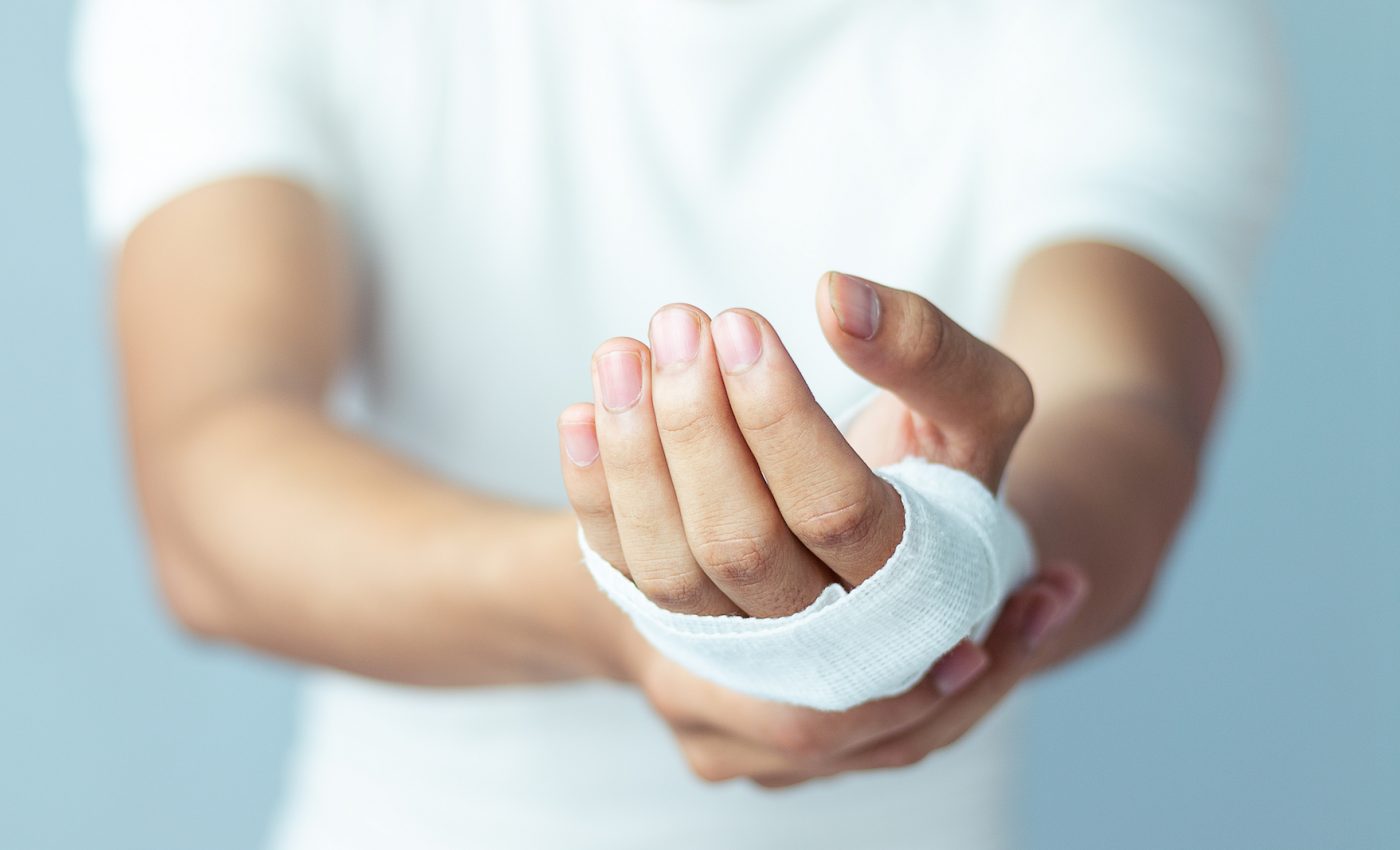
New material helps heal wounds by harnessing natural healing methods
Dr. Ben Almquist and his team of researchers from the Department of Bioengineering at Imperial College London have developed a new biomaterial that can interact with human tissue and could potentially change the way wounds are healed in the future. Unlike currently-used healing materials like collagen sponges and scaffold implants, Dr. Almquist and colleagues developed a new molecule which lets materials “talk” to the body’s natural healing system.
The molecule, called traction force-activated payloads (TrAPs), could be incorporated into existing healing materials, and “could help launch a new generation of materials that actively work with tissues to drive healing,” as Dr. Almquist stated via Advanced Materials.
The team designed TrAPs to replicate the process of natural healing, during which cells “crawl” through collagen scaffolding within wounds, thus activating hidden healing proteins. To create TrAPs, researchers folded segments of DNA into three-dimensional shapes called aptamers, which cling to proteins. Then, a “handle” was attached to this shape so that cells can grab onto one end before attaching their opposite end to a collagen scaffold, or something similar. Once the cells grab ahold of TrAPs, the TrAPs unravel and healing proteins are activated. These proteins tell the healing cells to start growing.
Dr. Almquist and his team also found that, depending on where the handle is placed, different cells will grab and pull, meaning that TrAPs can be tailored to fit specific proteins based on which cells are present, and intelligently interact during wound repair.
“Using cell movement to activate healing is found in creatures ranging from sea sponges to humans,” Dr. Almquist said. “Our approach mimics them and actively works with the different varieties of cells that arrive in our damaged tissue over time to promote healing.”
Because TrAPs can be tailored to fit different cell types, they can be used to heal several different types of wounds, from bone fractures, to heart attack scar tissue, to damaged nerves. Patients with “unhealable” wounds will also benefit from this new technology. Furthermore, TrAPs can also be used in lab settings to better understand diseases, stem cells, and tissue development.
“The TrAP technology provides a flexible method to create materials that actively communicate with the wound and provide key instructions when and where they are needed,” Dr. Almquist continued. “This sort of intelligent, dynamic healing is useful during every phase of the healing process, has the potential to increase the body’s chance to recover, and has far-reaching uses on many different types of wounds. This technology has the potential to serve as a conductor of wound repair, orchestrating different cells over time to work together to heal damaged tissues.”
—
By Olivia Harvey, Earth.com Staff Writer













